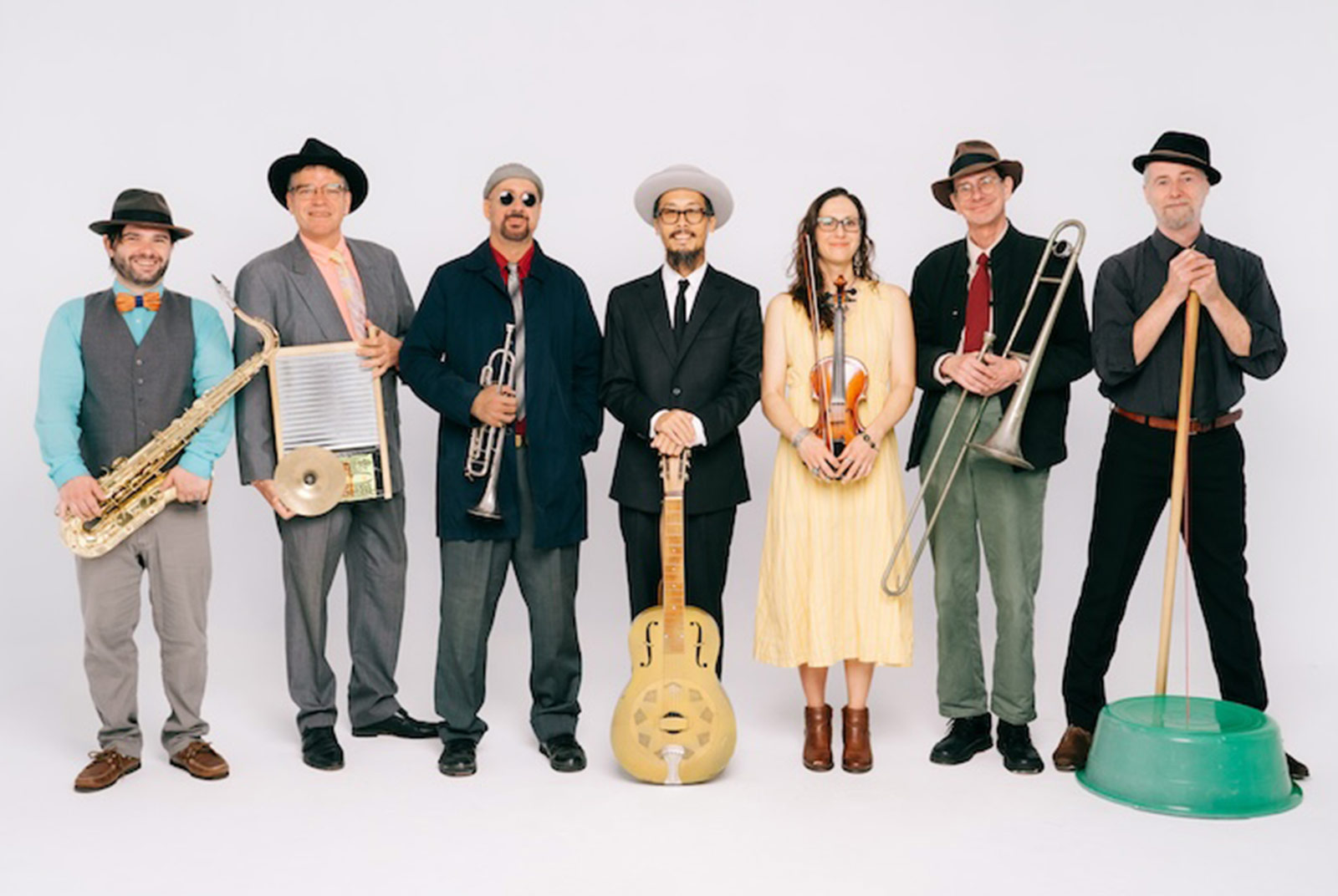Lunar New Year Cultural Outing
Join Artists in Taitung
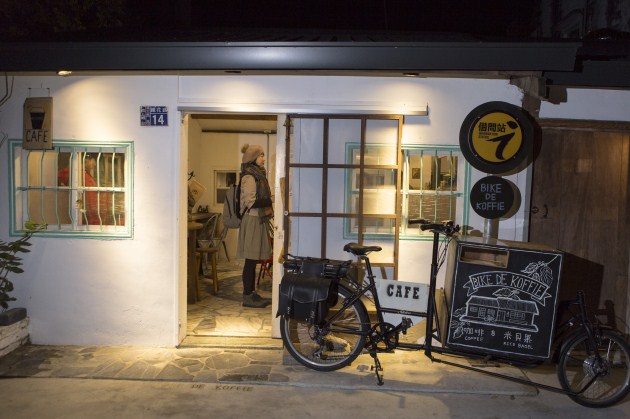
Source:Justin Wu
In Taitung’s Chishang Township, the Granary Art Museum, ISwell Cultural Boutique, and Bike De Koffie, which makes bagels from local rice, introduce new local aesthetics.
Views
Join Artists in Taitung
By Sunny WuFrom CommonWealth Magazine (vol. 641 )
“We can make Art Chishang into the Barbizon of Taiwan!” exclaims Chiang Hsun, aesthetics authority and chief consultant to the Art Chishang artist village. Chiang draws a parallel between here and Barbizon, a village in central France where in the 1830s and 40s artists such as Jean-François Millet and Théodore Rousseau arrived with their heads full of reflection on dealing with a world heavily impacted by the Industrial Revolution, searching to re-establish the connection and value of man’s relationship with nature surrounded by fields animated by hunched peasants picking crops.
 Image: Justin Wu
Image: Justin Wu
A Local Cultural Fixture
Since 2014, the Art Chishang has invited a succession of oil, ink, watercolor, and gouache painters to become artists in residence. Through workshops, masterclasses, and exchanges with local residents, art has naturally become a part of local life.
Chiang Hsun was the village’s first artist in residence. He relates, “I had the idea in my mind to create art on a large scale, but I wasn’t sure where to paint.” That is, up until the Chishang spring ploughing season of 2012, when he describes “hearing my inner voice” amidst the raindrops. He took up residence in Chishang in 2014, and began working on his art there.
 Aesthetics master Chiang Hsun was the first resident artist at Art Chishang, where he became so integrated into local life that he has been called “part of the cultural landscape.”(Image: Justin Wu)
Aesthetics master Chiang Hsun was the first resident artist at Art Chishang, where he became so integrated into local life that he has been called “part of the cultural landscape.”(Image: Justin Wu)
Chiang Hsun relates that he has integrated into life in Chishang, strolling along the rice fields, in the foothills, under billowy clouds, and past the specialty snack shops along the old village street at dawn or dusk. These days, whenever he has time, he returns to work on his art in Chishang. Apart from painting, he plans to publish a collection of writings made during his residency, entitled Chishang Diary. So much has he become a fixture in the community that locals describe him as “part of Chishang’s cultural landscape.”
Chiang Hsun hopes that artists can slow down their minds to think and create, to take in sustenance from the open land. He would like to see them give back to the land through art and interact with the locals to get in sync with the pace of life and immerse themselves in local sentiments, as well as introducing new creative stimuli to the area.
These ideas have already gained traction on the east coast of Taiwan. A Chishang collective known as the Golden Years Artists, whose average age exceeds 80 years, has been exercising their hidden talents through artistic pursuits including painting and calligraphy. Their works have been featured in a group exhibition at the Chishang railway station.
 Image: Justin Wu
Image: Justin Wu
Heidi Yip: The Soothing Power of the Mountains
Having lived and studied in Toronto, Florence, and New York, artist Heidi Yip, a Canadian citizen born in Hong Kong, traveled to Taiwan. Captivated by the ocean and mountains as well as the culture and warmth of the people, she decided to move to Taiwan. “Although it’s not as spectacularly gorgeous as some of the places I’ve lived, Taiwan’s scenery has a different kind of dimensionality to it,” she offers. Today, Yip resides in the coastal village of Changbin, north of Taitung.
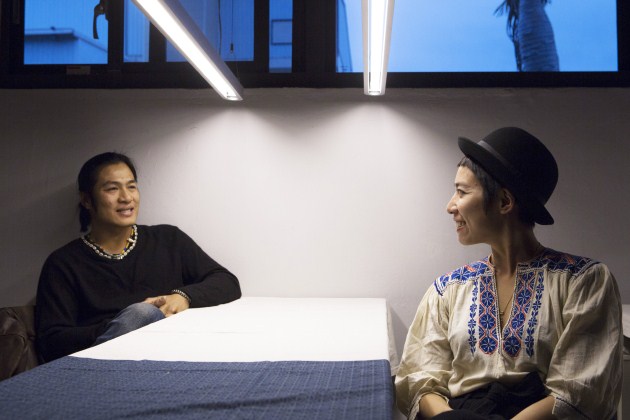 Hong Kong-born artist Heidi Yip (right) was utterly charmed by Taiwan’s east coast. She and husband Lafin Sawmah, also an artist, exhibit their works at the Chishang Granary Art Museum. (Image: Justin Wu)
Hong Kong-born artist Heidi Yip (right) was utterly charmed by Taiwan’s east coast. She and husband Lafin Sawmah, also an artist, exhibit their works at the Chishang Granary Art Museum. (Image: Justin Wu)
At the invitation of the Lovely Taiwan Foundation, last summer Yip moved from her coastal home of Changbin to take up residency along the Rift Valley in Chishang. The foundation notes that one can see nature and power in Heidi’s work. “She paints people she’s encountered, and they embrace the encounter. That sort of mutual dependence lends her paintings a character of peaceful coexistence,” says the foundation in an introduction to Yip.
“The beauty here is very slow, yet it’s fluid - like the mist and clouds over Dapo Lake at five o’clock in the morning, or the clouds flowing over and around the mountains in the afternoon,” Yip relates. “Cities make people feel anxious, while nature imparts a primal force. If you’re feeling down, look up at the mountains, and you’ll find that they’ve always been there.”
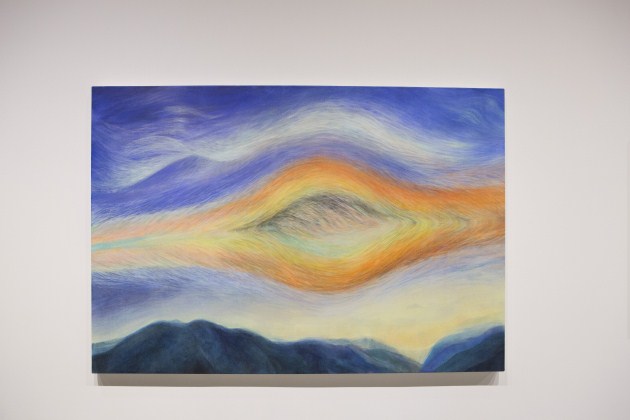 Image: Justin Wu
Image: Justin Wu
Yip adds, “Chishang is very peaceful, and time seems to pass even slower here than by the sea on the east coast. I go for walks and explore every day, building my emotional connection to the land. The mountains and the people here give off an air of stability.” Yip counsels artists in residence, “Don’t be too anxious to work on your art; let your mind settle down first.” And once you get to know the lay of the land, she says, “life will become a wellspring of inspiration for your art.”
Granary Art Gallery Brings Art Closer
With the efforts of the Lovely Taiwan Foundation, Art Chishang, and the Chih Shang Rice Co., Ltd., an abandoned granary was transformed into the Chishang Granary Art Museum, a venue full of vitality. Works are furnished by former artists in residence at Art Chishang, including Chiang Hsun, Xi Mu-rong, Lin Chuan-chu, Heidi Yip, Lien Ming-jen, Paloma Chang, Nick Dong, Chien Hsiang-hung, and Lafin Sawmah.
Granary owner Liang Cheng-hsien, director of the Chih Shang Rice, relates that the granary located by the railroad tracks was built in 1940 by his late grandfather, Liang Huo-chao. Having survived the decades in good shape, it has now been renovated into a platform for exchange and an exhibition space for artists.
As Chiang Hsun describes it, “This isn’t a national-class historical site, but it contains a life force that cannot be found elsewhere.” The Chishang Granary Art Museum’s transformation from abandoned facility to operational space was made possible only with the autonomous efforts of the private sector. “This is the happiest thing for me in Taiwan,” says Chiang, because “old things shouldn’t disappear, and using new ways to give it new uses is a unique undertaking,” he adds. The granary is the most beautiful example of this kind of transformation.
 Image: Justin Wu
Image: Justin Wu
The redesigned art museum’s wooden double doors were hand-crafted by indigenous artist Lafin Sawmah, Heidi Yip’s husband and a member of the Amis tribe. The wooden doors are like a buffer from the bustle of the outside world, not only serving functionally as sound insulation, but as a transition to the world inside. As Liang says, “When you come in from outside, tranquility washes over you.”
The curatorial team put together a pictorial display of the granary’s refurbishment process, along with interviews with locals and vintage photographs of Chishang. Chen Kuanhua, associate professor in the Department of Art and Design at Yuan Ze University, headed up the design project. Professor Chen asserts that “There should be no distance between art and people.” And this is borne out by the fact that Chiang Hsun’s paintings are clearly visible through a round window to passersby outside.
Chishang Shop No. 1
Bike De Koffie
 Image: Justin Wu
Image: Justin Wu
How can one interpret the statement, “Treading on the land, sampling the taste of the fields?” With a chuckle, Bike De Koffie proprietor Hau Chao-yang says, “I make bagels using Chishang’s famous rice.” In addition to plain bagels, he offers flavors including Chulu milk, honey tea, and sea salt with mountain pepper (litsea cubeba, an herb used in indigenous cuisine). The character of rice powder is quite different from wheat flour, says Hau. “It’s softer, like mochi, so it doesn’t take shape easily,” he notes. However, baking brings out the rice’s resilient character to delight the taste buds with an aromatic, crispy skin and chewiness. In fact, the longer you chew it, the more flavorful it gets.
Address: No. 14 Tiehua Rd., Chishang Township, Taitung County
Tel.: 0980-868-945
Chishang Shop No. 2
ISwell
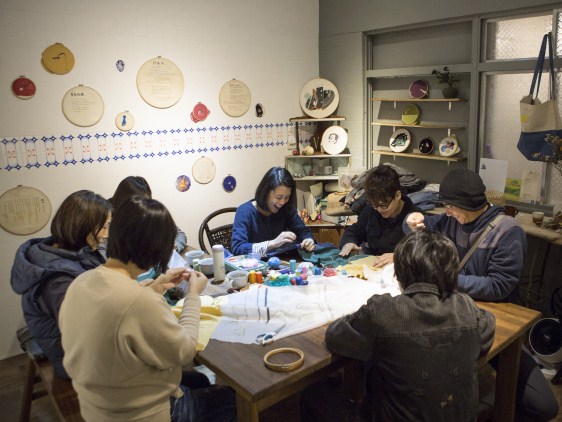 Image: Justin Wu
Image: Justin Wu
Wei Ju returned to her hometown of Taitung last September to found independent brand ISwell. She relates, “A boutique is a platform for selecting environmentally friendly products that are close to nature.” For example, Every Day, a designer brand sold in the shop, is inspired by elements of the coastal landscape between Hualien and Taitung, revealing caring for nature and emotional attachment to the land.
Wei Ju’s handmade crafts are also conceived on the concept of “friendliness.” For instance, instead of paraffin, her candles use more expensive soy wax, infused with Hinoki cypress essential oil from Hualien, which she says is “healthier.” Explaining her philosophy, Wei Ju relates, “ISwell is like a love affair to me; it’s ‘well,’ not ‘great,” because the right one is the best one.” The boutique also provides space and living quarters for resident artists. “We hold events here and would like to see more interaction between the artists and local residents,” she adds.
Address: No. 35-6, Dapu Village, Chishang Township, Taitung County
Facebook: iswell.workshop
Translated from the Chinese article by David Toman
Additional Reading
♦ Don’t Tell the Japanese to Visit Jiufen Anymore!
♦ 'Cruise' Around the Island by Train
♦ Civil Servant Reverses County’s Fortunes






